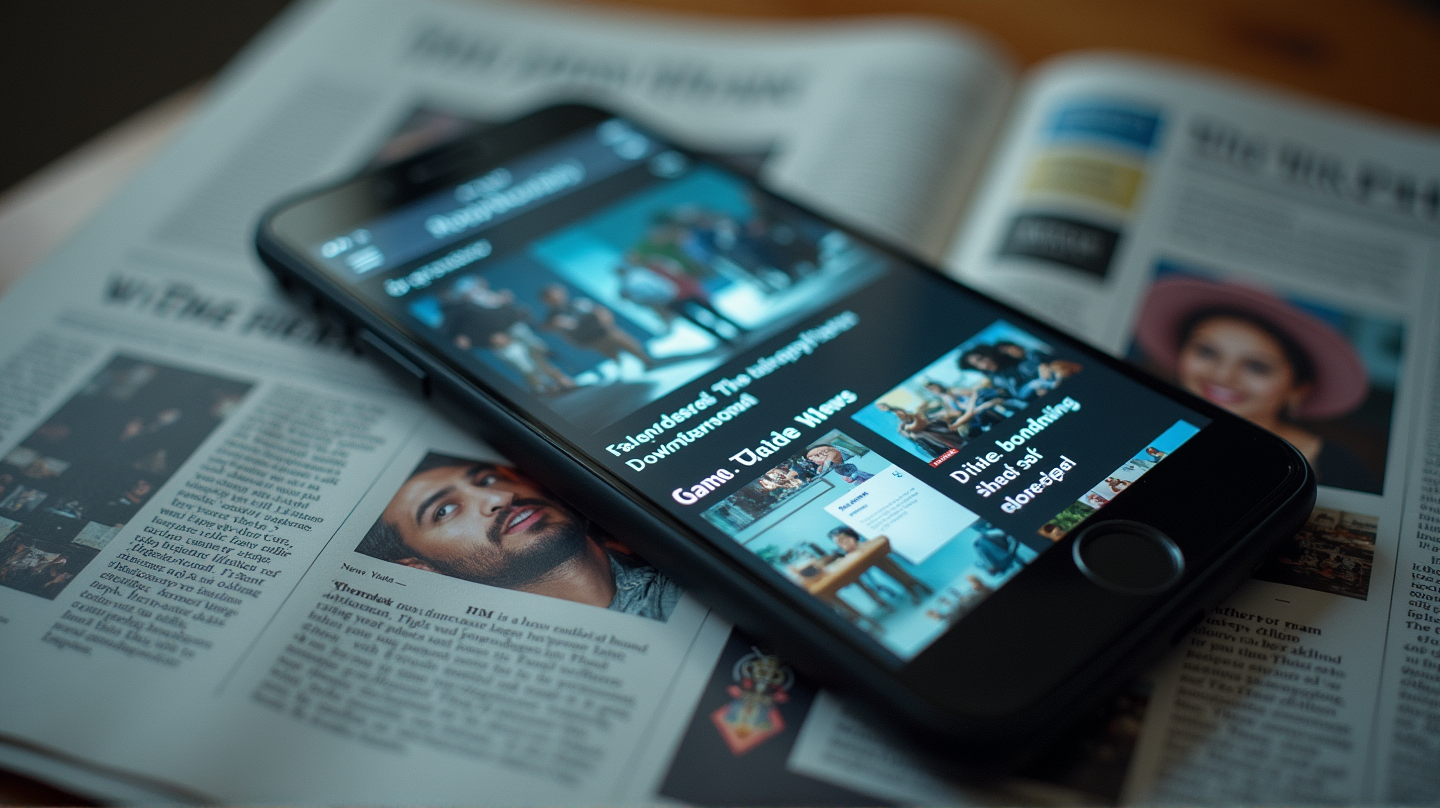In today’s digital age, the news landscape is undergoing a seismic shift. Social media platforms like TikTok and Facebook have begun to eclipse traditional newspapers as hubs of information. This transition raises fascinating questions about how people consume, interact with, and trust news content.
Social Media: The New Frontier
For many, social media is more than a playground for entertainment; it’s a primary news source. Platforms like TikTok have perfected algorithms that place trending global events directly on users’ feeds, making information easily accessible. But this convenience comes at a price, as the viral nature of these platforms also fosters the spread of misinformation.
According to The Teen Magazine, the ease of access provided by social media sometimes traps users in an endless loop of consumption, blurring the lines between verified news and speculative content. In a world where virality can trump verification, distinguishing fact from fiction becomes a critical skill.
The Misinformation Dilemma
As social media puts the news at our fingertips, it also opens a Pandora’s box of misinformation. Anyone can publish content, often without rigorous fact-checking, leading to a mix of factual news and mere opinion. The rise of AI technologies has further complicated matters, enabling deepfake videos and audios that can mislead even the most astute users.
While platforms are making efforts to curb the spread of false information, the sheer volume of content poses significant challenges. It calls for a more discerning audience, ready to question and verify before accepting news at face value.
The Erosion of Traditional Media
The decline of traditional newspapers is stark. Once mighty newspaper revenues have plummeted, from over £9.9 billion in 2005 to less than £2 billion by 2022. As social media habits intensify, these trusted sources face an existential crisis, pushing them to innovate or risk obsolescence.
Despite declining circulation, traditional media retains value for its commitment to investigative journalism and accuracy. It highlights the ongoing need for diverse sources, including newspapers, TV news, and credible online sites to ensure a well-rounded media diet.
Balancing New and Old Worlds
Navigating the media maze involves understanding where your news originates and how it is curated. While social media offers immediacy and interaction, traditional outlets provide depth and reliability. The key is not to choose between, but to blend both worlds thoughtfully.
As we move toward 2025, the onus is on news platforms to uphold trust and accuracy. A vigilant readership, coupled with responsible reporting, forms the bedrock of a well-informed society.
Social media might be redefining how we engage with news, but the truth remains a non-negotiable constant. Stay curious, question actively, and put the quest for truth above all else.
